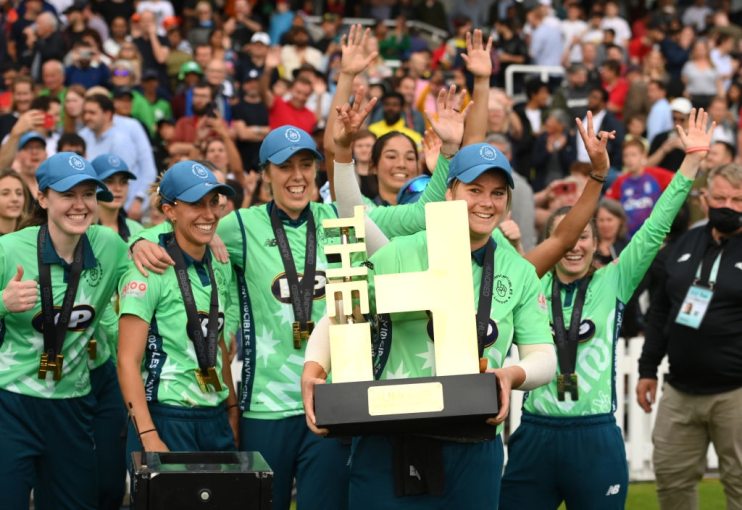The Hundred has succeeded in attracting a new audience, say English cricket chiefs

English cricket chiefs have hailed the success of The Hundred in reaching new audiences.
Almost 60 per cent of the 16.1m people who watched the new domestic men’s and women’s competition on television had not tuned in to any other English cricket this year, the England and Wales Cricket Board said.
More than half of ticket buyers for The Hundred had never paid to attend English cricket before. Of those ticket buyers, 59 per cent were aged under 45, 21 per cent were female and 19 per cent of tickets were for children.
“The Hundred is all about throwing cricket’s doors open – and we’ve seen in year one how it’s already delivering,” said ECB chief executive Tom Harrison.
“It’s provided outstanding entertainment for new and existing fans alike, unearthed new cricketing heroes, and it’s been fantastic to see so many children and families enjoying the action.”
The ECB used youth-focused marketing including DJs and live music at matches and bold visuals in a bid to lure more families and children to the game.
The inaugural season of The Hundred drew to a close in front of a sell-out crowd at Lord’s on Saturday.
Southern Brave beat Birmingham Phoenix won the men’s final in a match that drew a peak TV audience of 2.4m.
The women’s final, in which Oval Invincibles beat Southern Brave, attracted a peak audience of 1.4m.
The women’s Hundred was by far the most attended women’s cricket competition ever. The 267,000 spectators it attracted was almost double the previous record, for last year’s T20 World Cup.
“It’s also changed the game for women’s cricket, smashing record after record and creating role models for girls and boys to be inspired by,” Harrison added.
“We need to grow cricket, reach more people and inspire more children to pick up a bat and ball – and that’s exactly what The Hundred does.”
The Hundred is on course to make £50m in revenue and deliver £10m profit, as forecast last month, the ECB said.
However, the competition remains controversial with some cricket traditionalists, while some critics have argued that the city-based teams, which do not have their own academies, are bad for the talent pipeline as they rely on counties and clubs to develop players.
